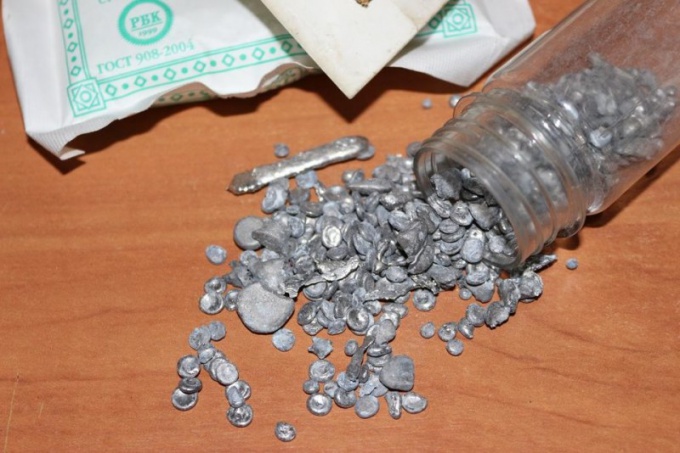How to make an alloy of iron and nickel
How to make an alloy of iron and nickel
Sufficiently wide application of the alloyiron-nickel, otherwise called Invar, required finding a fairly simple method of obtaining it. Many people do not know that the production of such an alloy is performed in a galvanic way.

The alloy of iron with nickel is called Invar. It has found wide application in precision instrument making, namely in the manufacture of geodetic wire, all sorts of standards of length, details of clocks, altimeters, lasers, etc. One of the easiest ways to produce an iron-nickel alloy is galvanic.
The problem of the galvanic method for producing an iron-nickel alloy and the way to eliminate it
Comparing the thermodynamic characteristics of bothmetals, it seemed to scientists that it was easy to get an alloy. In practice, everything turned out to be exactly the opposite, since the reaction involves a secondary oxidation process - iron passes from the bivalent state to the trivalent state. This reduces the current yield of the target product and worsens its physical characteristics, and sometimes completely eliminates them. This problem can be solved by introducing into the electrolyte a complex additive consisting of amines and organic acids and forming poorly soluble compounds with trivalent iron. As a result, the elasticity of the sediment improves. Mixing of the electrolyte is used to reduce the spread along the thickness of the precipitate.Electrolytes for applying an iron-nickel alloy
Sulphate electrolyte for obtaining an alloyiron-nickel has the following composition: Component g / l Iron sulphate 2 Nickel sulphate 60 Boric acid 25 Saccharin 0.8 Sodium lauryl sulfate 0,4 Electrolyte operation pH = 1,8-2 Temperature - 40-50 degrees CelsiusCurrent current density - 3-7 A / dm2 As anodes Metallurgical alloys of iron and nickel or plates made of nickel and iron can be used. If you use plates, you need to maintain the ratio of areas. The area of the nickel plate should be three times as large as the iron plate. The salt-electrolyte of obtaining the iron-nickel alloy has the composition: Component g / l Iron-chloride 150-160Nickel chloride 2-4Hydrochloride 2-4 Electrolyte operation mode: Temperature -50 degrees CelsiusCathode current density -10 A / dm2. The disadvantage of this electrolyte is the hydrogen saturation of products, if electrolysis is carried out with a current greater than the specified value. This increases the brittleness of metals. Sulfamate and fluoroborate electrolyte of the iron-nickel alloy. This electrolyte provides a high deposition rate, minimal internal stresses and elasticity of the precipitate. But because of the complexity of the composition and the high cost of components, it has not found wide application in the industry. Therefore, the article does not list its composition.








